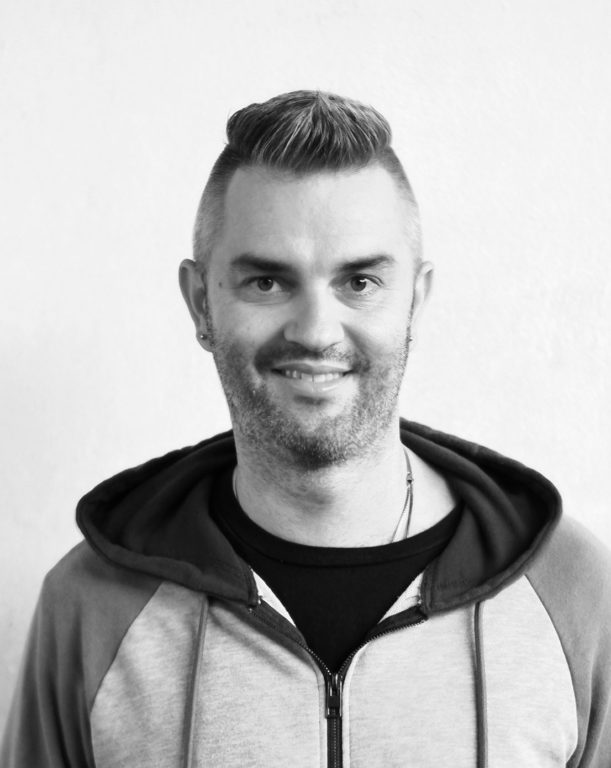Q: We are all living in very difficult times now. How are you, and how are you coping with the current situation?
A: Indeed, really difficult moments for everyone these days because of this virus, but at the moment I’m fine. I hope you’re fine too. In my region, it is especially hard because of the severe restrictions to prevent continuous contagion. It is hard, but I can do some photographic research and take some photos. And I hope from the bottom of my heart that everything will return to normal as soon as possible.
Q: Tell us something about the life of the young Francesco, growing up in the beautiful Bologna region of Italy.
For all my life, I have lived in a small town in the province of Bologna in northern Italy. It is rich in traditions, culture and good things to eat. I love it. Thank God I had a very good childhood and my parents provided me with some very strong values, like the respect for people and nature. I’m very lucky and feel honored for this. As a child, I spent a lot of time with my grandparents, partly because my parents spent a lot of time working to support the family. But I remember all of it as good times and good memories.
Q: Photography is not your main job, so how and when did you discover your love for it?
A: Photography entered my life indirectly. I was always an avid traveler and when I saw some of the pictures of the photographers who traveled to the same places, I said to myself: “I also see this”. So, from then on, through the camera, I started documenting what I lived and saw… For now, it is just a strong passion, but who knows, maybe one day it will become my main profession.
Q: What are your favorite subjects to photograph?
A: I usually go out with the camera on weekends, but now I have more time and therefore I can concentrate more on photography. I often go out with the camera around my neck, and I enjoy a wide variety of styles: reportage, documentary and street photography. Especially the latter. I love to mix my life with people.
Q: Your winning project at IPA 2019 was “Sepak Takraw”, which is an ancient sport from Southeast Asia. Tell us more about this project. How did you discover it?
A: Sepak Takraw is a very ancient sport played throughout South East Asia. The game is similar to volleyball, but players can’t use their hands, just mainly their feet to touch the ball, which is made from a weave of rattan. The net is 152 cm high. There are three players on each team. In order to win, a team must score two sets of 21 points, with at least 2 points difference from the other team. In the possible third set, the teams play to 15 points. One of the most fascinating aspects of this sport is undoubtedly the incredible acrobatic talent presented by the players.
Everything happened by chance. I often went to the Ratchatewi area in the suburbs of Bangkok to do street photography. I visited the neighbourhood every day and I started to become friends with the guys who played this sport in a small field. I photographed them for about a month and a half every day including weekends, even when it was raining or when it was scorching hot, 40 degrees (Celcius) or so. But perseverance and luck brought its rewards and I am very happy about this.
Q: Did you also try to play? Do you still keep in touch with the players?
A: Sure, I tried to play Sepak Takraw but with poor results–my age and my agility did not allow me. I became friends with most of the players. During the project they even celebrated me with a fantastic cake on my birthday, and later I cried because it was a very emotional moment. Even now after two years we still keep in touch. I am very happy about that. Photography many times is an excuse to discover new people, places and ways of living different from mine.
Q: What does this recognition mean to you?
A: When I read the email from IPA about being a category winner, I couldn’t sleep for two days out of sheer happiness. Being one of the most important international contests in the world, I am truly honored with this recognition and I thank the jury again for believing in my project, “Sepak Takraw”. I have experienced it as a great thing, but not as a point of arrival–my desire for experimentation and photographic growth will continue.
Q: Lastly, what are your hopes for the future?
A: For the future, first and foremost I sincerely hope everything returns to normal after this pandemic. I, of course, have photographic projects in mind too, just cannot stop thinking about that. Next year I would like to edit my first photographic book. For some years now I have been working on a project which documents life inside a Thai city and I hope to complete it this year. Also, returning to travel and photographing are my dreams and I will follow them forever.

